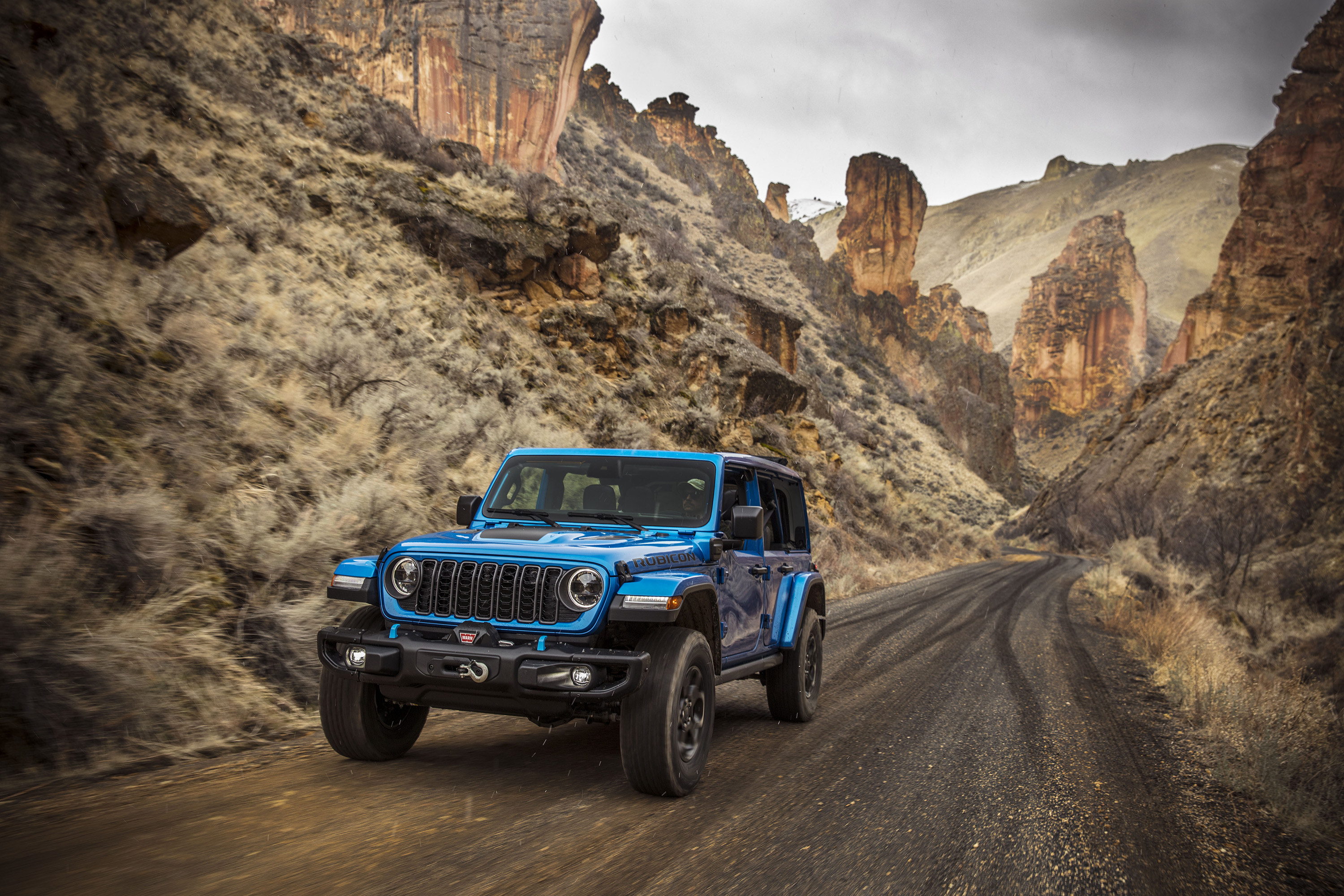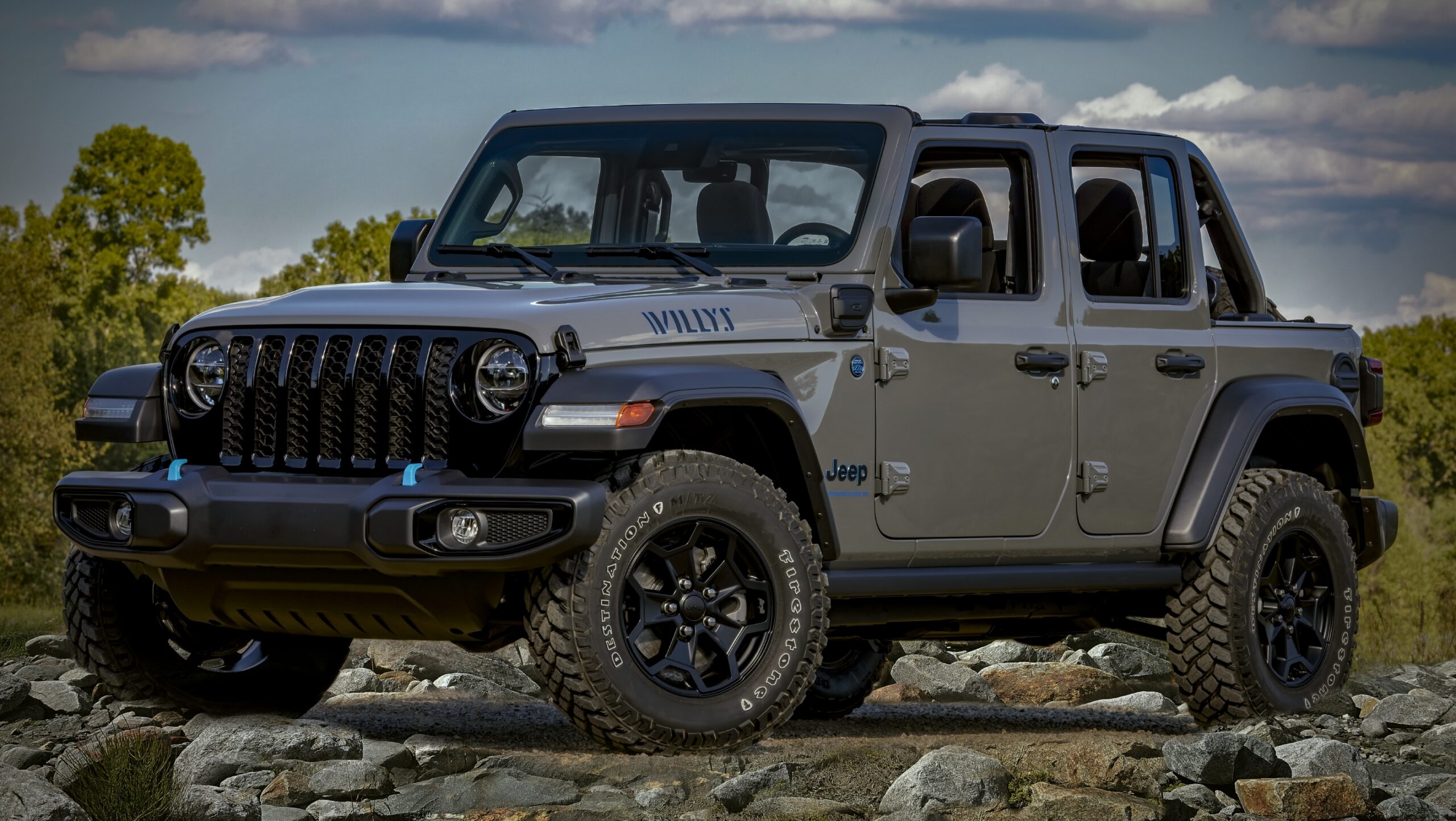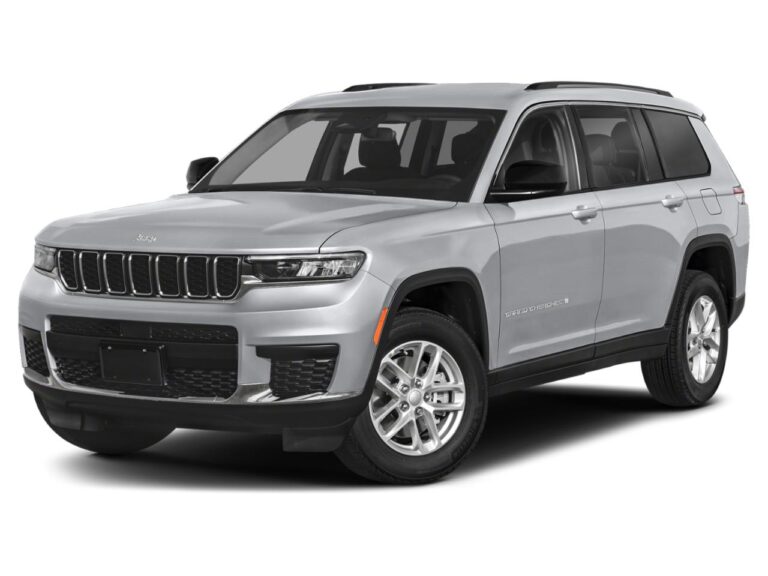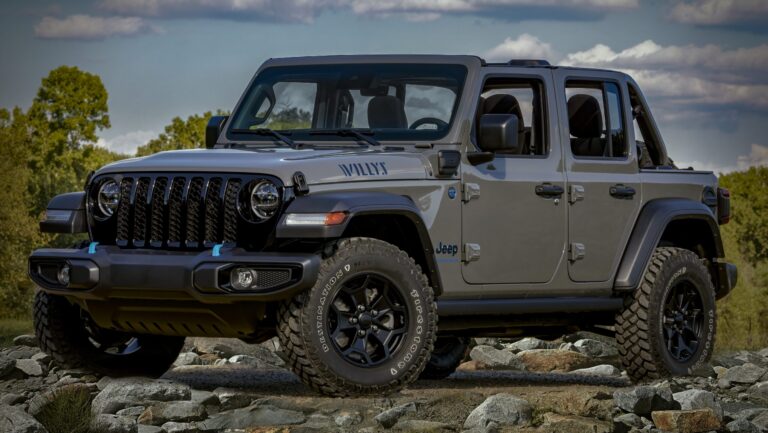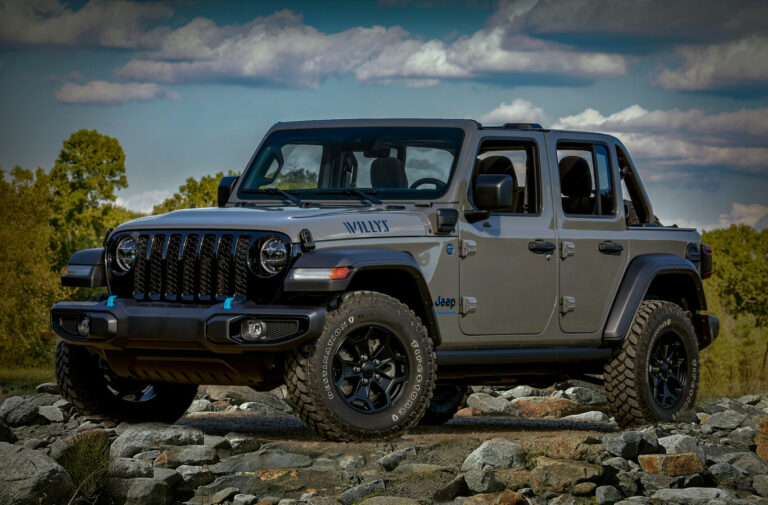Jeep Grand Cherokee Headlights: Illuminating the Path Ahead
Jeep Grand Cherokee Headlights: Illuminating the Path Ahead jeeps.truckstrend.com
The Jeep Grand Cherokee is more than just an SUV; it’s an icon of capability, luxury, and adventure. A critical, yet often overlooked, component contributing to both its functionality and distinctive aesthetic are its headlights. Far from mere light sources, Grand Cherokee headlights are sophisticated systems that have evolved significantly over the vehicle’s generations, playing a pivotal role in safety, visibility, and the vehicle’s overall visual appeal. This comprehensive guide will delve into the world of Jeep Grand Cherokee headlights, exploring their types, technology, maintenance, and what you need to know to keep your path brilliantly lit.
The Evolving Brilliance: A Journey Through Grand Cherokee Headlight Technology
Jeep Grand Cherokee Headlights: Illuminating the Path Ahead
The journey of Jeep Grand Cherokee headlights mirrors the broader advancements in automotive lighting. From the utilitarian beams of early models to the intelligent, adaptive arrays of today, each generation has brought significant improvements.
-
Early Generations (WJ/WK): The Halogen Era: For many years, halogen bulbs were the standard. These simple, incandescent bulbs produce light by heating a tungsten filament within a halogen gas-filled capsule. While cost-effective and easy to replace, they offered a yellowish light output and were less bright compared to modern alternatives. Their primary function was basic illumination.
-
The WK2 Generation: Introducing HID and LED Accents: With the introduction of the WK2 Grand Cherokee in 2011, a significant leap occurred. Higher trims began to feature High-Intensity Discharge (HID) or Xenon headlights. These revolutionary lights produce light by igniting noble gases within a sealed bulb, creating a much brighter, whiter light that significantly improved down-road visibility. Alongside HIDs, LED (Light Emitting Diode) technology began to appear, primarily for Daytime Running Lights (DRLs) and accent lighting, giving the Grand Cherokee a more premium and recognizable front fascia.
-
WK2 Facelift and Beyond: The LED Revolution: The WK2 facelift (2014 onwards) saw a further integration of LED technology. Full LED headlights became available on top trims, offering instantaneous illumination, superior energy efficiency, an incredibly long lifespan, and a crisp, modern white light. The latest WL generation Grand Cherokee (2021 onwards) fully embraces LED technology across all trims, often featuring slim, distinctive LED headlamp designs that seamlessly integrate with the vehicle’s contemporary styling. These advanced systems often include adaptive features, automatically adjusting beam patterns based on speed, steering input, and even traffic conditions.

Understanding the Types of Grand Cherokee Headlights
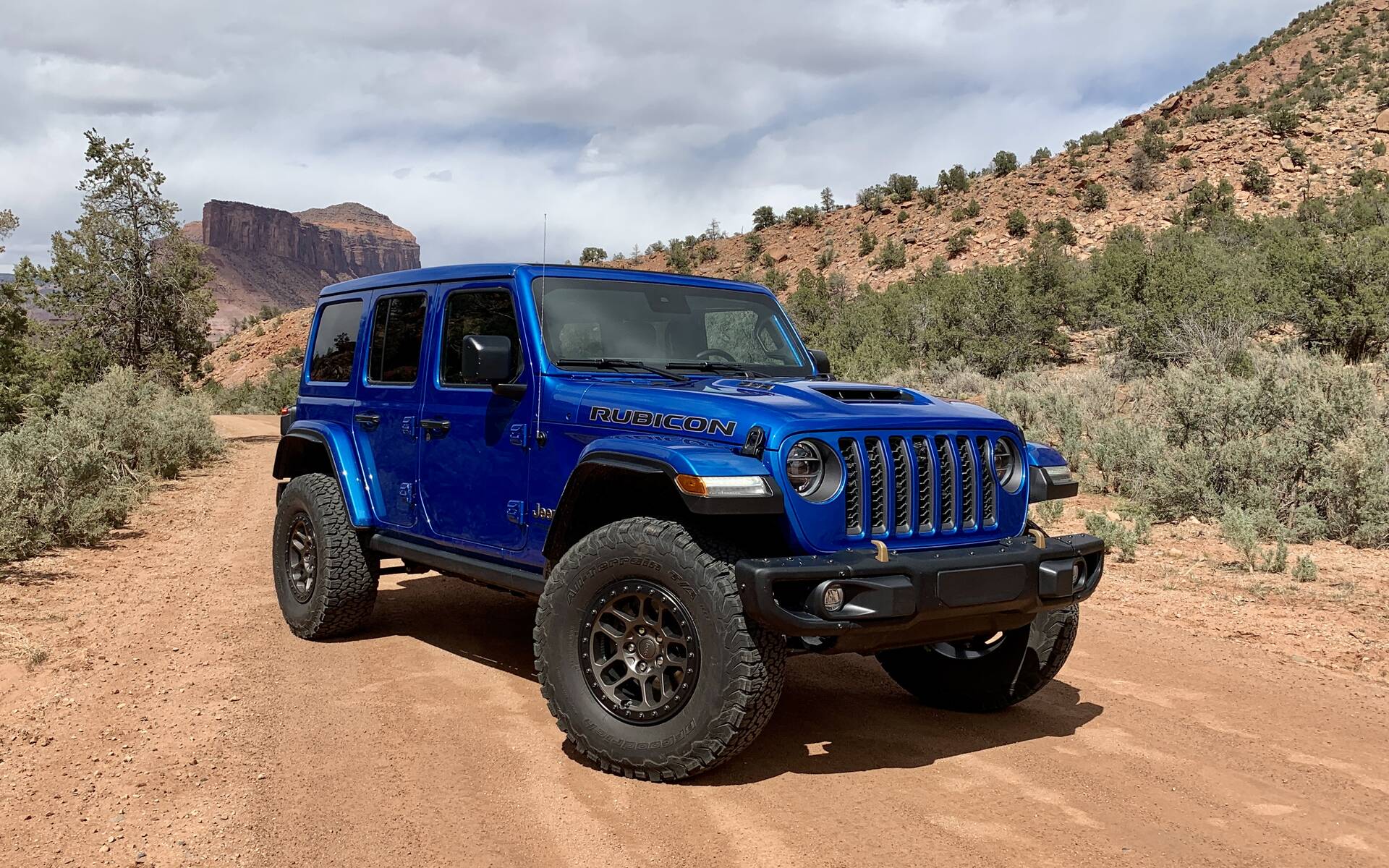
To properly appreciate and maintain your Grand Cherokee’s lighting system, it’s essential to understand the different types of technologies employed:
-
Halogen Headlights:
- Pros: Inexpensive to replace, widely available, simple technology.
- Cons: Lower light output (yellowish hue), shorter lifespan, less energy-efficient.
- Application: Primarily found in older models or base trims of the WK2.

-
High-Intensity Discharge (HID) / Xenon Headlights:
- Pros: Significantly brighter than halogens, whiter light output, longer throw, better visibility.
- Cons: Require a ballast and igniter (more complex system), slower "warm-up" time to full brightness, more expensive to replace, can produce glare if not properly aimed.
- Application: Premium trims of the WK2 Grand Cherokee.
-
Light Emitting Diode (LED) Headlights:
- Pros: Instant on/off, extremely long lifespan (often outlast the vehicle), very energy-efficient, bright and crisp white light, highly customizable designs (e.g., distinctive DRL signatures), can be integrated into adaptive systems.
- Cons: Entire assembly often needs replacement if a component fails (LEDs are usually integrated, not easily replaceable bulbs), initial cost can be higher.
- Application: Higher trims of the WK2 facelift, standard on all WL Grand Cherokees.
-
Adaptive Front-lighting System (AFS):
- Functionality: These advanced systems automatically pivot the headlight beams in the direction of the turn as you steer, illuminating curves and corners more effectively. Some also feature dynamic leveling to compensate for vehicle pitch.
- Benefits: Enhanced visibility around corners, increased safety, especially at night on winding roads.
- Application: Available on select premium trims of WK2 and WL models.
The Crucial Role of Headlight Maintenance and Alignment
Properly functioning headlights are paramount for safety. Not only do they allow you to see the road and potential hazards, but they also ensure your vehicle is visible to other drivers.
- Regular Inspection: Periodically check that all your headlights (low beam, high beam, DRLs, turn signals) are working. A burnt-out bulb is not just an inconvenience; it’s a safety hazard and can lead to a fine in some regions.
- Cleaning Lenses: Over time, headlight lenses can become cloudy, yellowed, or hazy due to UV exposure and environmental factors. This significantly reduces light output. Regular cleaning with automotive-specific cleaners or a dedicated headlight restoration kit can restore clarity.
- Headlight Alignment: Misaligned headlights can be dangerous. If they’re aimed too high, they can blind oncoming drivers; too low, and your visibility is severely compromised. Factors like suspension changes, accidents, or even just hitting a large pothole can knock them out of alignment. Most modern Grand Cherokees have adjustment screws for vertical and sometimes horizontal alignment, but it’s often best left to a professional for precise calibration.
- When to Replace:
- Bulbs: Halogen bulbs typically last 500-1,000 hours. HID bulbs can last 2,000-3,000 hours. LEDs are designed to last the lifetime of the vehicle (tens of thousands of hours), though individual diodes or control modules can fail.
- Assemblies: If your headlight housing is cracked, has significant condensation that won’t dissipate, or the internal components are damaged, replacing the entire assembly might be necessary.
DIY Headlight Upgrades and Considerations
Many Grand Cherokee owners consider upgrading their headlights for improved performance or aesthetics. Here’s what to keep in mind:
- Halogen to LED Conversion: This is a popular upgrade for older Grand Cherokees with halogen headlights. LED conversion kits are available that replace the halogen bulb with an LED equivalent.
- Important Considerations:
- Projector vs. Reflector Housings: LEDs in reflector housings can scatter light and cause glare for oncoming drivers. For optimal performance and safety, LED conversions are best done in projector-style headlight housings.
- CAN-BUS Compatibility: Modern Jeeps use a CAN-BUS system, which can detect changes in electrical resistance. Aftermarket LED kits may require "decoders" or "resistors" to prevent error messages (like "bulb out") or flickering.
- Heat Dissipation: LEDs generate heat, and proper heat sinks are crucial for their longevity. Ensure the aftermarket kit has effective cooling.
- Important Considerations:
- Aftermarket Headlight Assemblies: Complete aftermarket headlight assemblies can change the entire look of your Grand Cherokee and often come with integrated LED DRLs or projectors.
- Quality Varies: Be wary of cheap aftermarket units. They may have poor light output, inferior sealing (leading to condensation), or fitment issues. Stick to reputable brands.
- Professional Installation: While bulb replacement can be a DIY task, installing complete headlight assemblies or complex HID/LED conversion kits might require professional help, especially if wiring modifications or precise aiming are needed.
Troubleshooting Common Headlight Issues
- Dim or Flickering Lights: Could be a failing bulb (halogen/HID), a loose connection, a dying ballast (HID), or a CAN-BUS incompatibility issue (aftermarket LEDs).
- One Headlight Out: Most commonly a burnt-out bulb or fuse. For HIDs, it could be a ballast failure.
- Condensation Inside the Housing: Small amounts can be normal and dissipate. Persistent or excessive condensation indicates a seal breach, which can damage internal components.
- "Bulb Out" Warning Light: Often triggered by a burnt-out bulb, or by aftermarket LEDs/HIDs without proper CAN-BUS decoders.
- Beam is Too High/Low: Requires headlight alignment.
Practical Advice for Grand Cherokee Owners
- Prioritize Safety: Never compromise on headlight quality for cost. Good visibility is non-negotiable.
- Read Your Manual: Understand your specific Grand Cherokee model’s headlight system, bulb types, and replacement procedures.
- OEM vs. Aftermarket: For critical components like headlights, OEM (Original Equipment Manufacturer) parts generally offer guaranteed fit, function, and quality. Aftermarket parts can be more affordable but research brands thoroughly.
- Consider Professional Help: For complex diagnostics, alignment, or installation of advanced lighting systems, a certified mechanic or Jeep dealership is your best resource.
- Clean Regularly: A simple wipe-down of the lenses with a microfiber cloth and glass cleaner can make a noticeable difference.
Price Table: Estimated Costs for Jeep Grand Cherokee Headlight Components
Prices can vary significantly based on model year, specific part number, OEM vs. aftermarket, and supplier. The following table provides estimated price ranges for common Grand Cherokee headlight components in USD.
| Item/Category | Type/Fitment | Estimated Price Range (USD) | Notes |
|---|---|---|---|
| Bulbs (Individual) | Halogen (H11, 9005, etc.) | $10 – $40 | For base models, easy DIY replacement. |
| HID/Xenon (D1S, D3S, etc.) | $80 – $250 | Requires ballast/igniter, professional replacement often recommended. | |
| LED (OEM Integrated) | (Not sold as individual bulbs) | LEDs are typically integrated into the assembly. | |
| Headlight Assemblies (Each) | Aftermarket Halogen (Basic Replacement) | $150 – $400 | May not include bulbs. Quality can vary. |
| Aftermarket HID/LED (Conversion/Upgrade Style) | $400 – $800+ | Often includes projectors and DRLs. | |
| OEM Halogen Assembly | $300 – $700 | Direct factory replacement, ensures proper fit/function. | |
| OEM HID/Xenon Assembly | $700 – $1,500+ | High-end factory replacement for specific trims. | |
| OEM Full LED Assembly | $1,200 – $2,500+ | For newer models with integrated LED technology. | |
| Upgrade Kits | Aftermarket LED Conversion Kit (Halogen Replacement) | $50 – $200 | Bulb replacement only, may require decoders. |
| Maintenance/Repair | Headlight Restoration Kit | $20 – $50 | For cloudy/hazy lenses, DIY solution. |
| HID Ballast/Igniter (Aftermarket) | $50 – $150 | For HID systems, often sold separately from bulbs. | |
| Professional Headlight Alignment | $50 – $150 | Recommended after replacement or if aim is off. |
Note: Prices are estimates and can fluctuate based on specific model year, trim level, brand, and supplier. Labor costs for professional installation are extra.
Frequently Asked Questions (FAQ) about Jeep Grand Cherokee Headlights
Q1: How often should I replace my Grand Cherokee’s headlights?
A1: Halogen bulbs typically last 1-2 years. HID bulbs can last 3-5 years. OEM LED headlights are designed to last the lifetime of the vehicle (10+ years), but individual components can fail. It’s more about performance and visual degradation (dimming, hazing) than strict intervals.
Q2: Can I upgrade my halogen Grand Cherokee headlights to LED?
A2: Yes, it’s a common upgrade. However, for best results and to avoid glare for others, ensure your vehicle has projector-style headlight housings. You’ll likely need an LED conversion kit with CAN-BUS decoders to prevent error messages.
Q3: Why are my Grand Cherokee’s headlights hazy or yellow?
A3: This is due to UV exposure and environmental factors degrading the polycarbonate lens material. A headlight restoration kit can often clear them up, or for severe cases, the entire assembly may need replacement.
Q4: Do Grand Cherokee headlights need to be aimed?
A4: Absolutely. Proper headlight alignment is crucial for both your visibility and to prevent blinding oncoming drivers. It should be checked after any headlight replacement or if you notice your beams are too high or low.
Q5: What’s the main difference between HID and LED headlights?
A5: HID (Xenon) lights use an arc of electricity to ignite gas, producing very bright light with a slight warm-up time. LED lights use semiconductor diodes that produce instant, highly efficient, and durable light, often allowing for more compact and stylized designs. LEDs are generally considered the superior modern technology.
Q6: My aftermarket LED lights flicker after installation. What’s wrong?
A6: This is almost always due to the Grand Cherokee’s CAN-BUS system not properly recognizing the lower power draw of the LEDs. You need specific CAN-BUS compatible LED kits or external "decoders" (resistors) to resolve this.
Q7: Are aftermarket headlight assemblies as good as OEM?
A7: Quality varies greatly. Reputable aftermarket brands can offer good performance and aesthetics, but cheaper options may have poor light output, inferior seals leading to condensation, or fitment issues. OEM parts guarantee factory-level quality and compatibility.
Conclusion
The headlights on your Jeep Grand Cherokee are far more than simple illumination devices; they are integral safety features, technological marvels, and defining elements of your vehicle’s character. From the robust simplicity of halogens to the sophisticated, adaptive brilliance of modern LEDs, understanding their evolution, types, and maintenance is key to maximizing both your on-road safety and your Grand Cherokee’s distinctive presence. By investing in proper care and making informed decisions about upgrades, you ensure that your Grand Cherokee continues to light up every adventure, confidently guiding you down any path, day or night.
